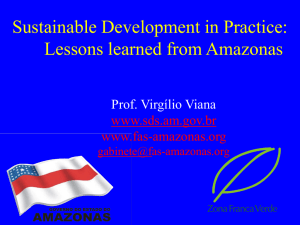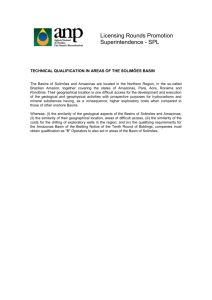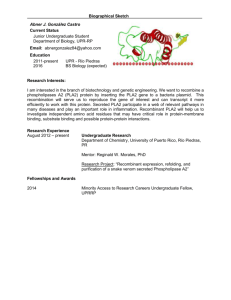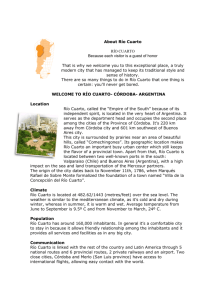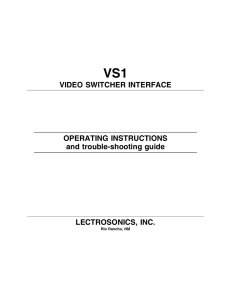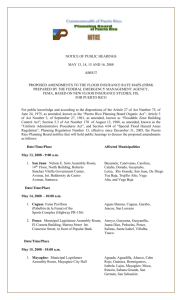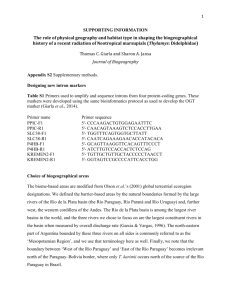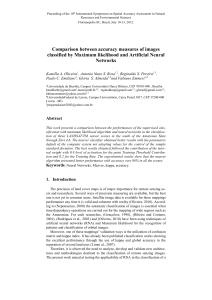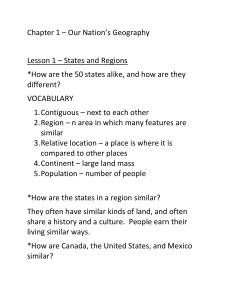Water underfoot – worksheet – docx version
advertisement
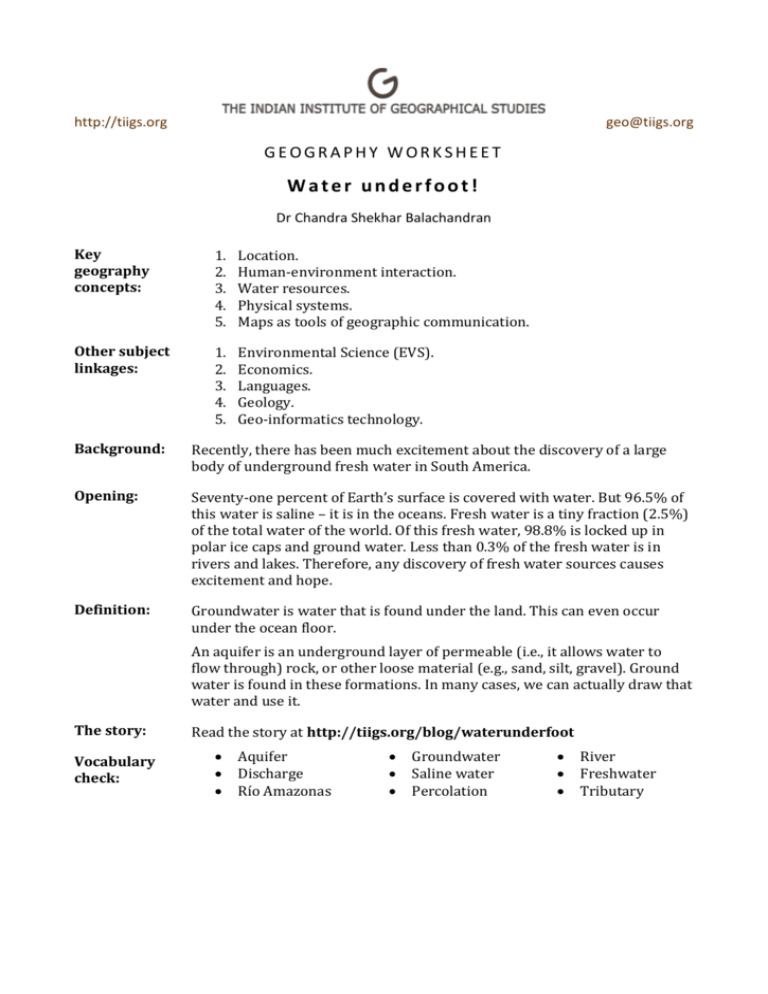
http://tiigs.org geo@tiigs.org GEOGRAPHY WORKSHEET Water underfoot! Dr Chandra Shekhar Balachandran Key geography concepts: 1. 2. 3. 4. 5. Location. Human-environment interaction. Water resources. Physical systems. Maps as tools of geographic communication. Other subject linkages: 1. 2. 3. 4. 5. Environmental Science (EVS). Economics. Languages. Geology. Geo-informatics technology. Background: Recently, there has been much excitement about the discovery of a large body of underground fresh water in South America. Opening: Seventy-one percent of Earth’s surface is covered with water. But 96.5% of this water is saline – it is in the oceans. Fresh water is a tiny fraction (2.5%) of the total water of the world. Of this fresh water, 98.8% is locked up in polar ice caps and ground water. Less than 0.3% of the fresh water is in rivers and lakes. Therefore, any discovery of fresh water sources causes excitement and hope. Definition: Groundwater is water that is found under the land. This can even occur under the ocean floor. An aquifer is an underground layer of permeable (i.e., it allows water to flow through) rock, or other loose material (e.g., sand, silt, gravel). Ground water is found in these formations. In many cases, we can actually draw that water and use it. The story: Vocabulary check: Read the story at http://tiigs.org/blog/waterunderfoot Aquifer Discharge Río Amazonas Groundwater Saline water Percolation River Freshwater Tributary The Indian Institute of Geographical Studies Jet cities worksheet Page 2 of 2 ACTIVITIES: Activity 1: 1. Get a map of South America (you can buy them in a stationery shop or you can download and print them from Map work http://tiigs.org/blog/waterunderfoot). on the Río Amazonas 2. On the map, label the main river (Amazon or Río Amazonas) and at least five tributaries that join it. (Rivers that join a larger river are called tributaries.) 3. Using your atlas or the downloaded maps, identify the countries through with Río Amazonas flows. Which country has the largest area of this flow? 4. Identify the directions in which the individual rivers you named flow. Why are they flowing in that direction? 5. Identify the direction in which the total river system flows. Why is it flowing in that direction? 6. What is the name of the landform from which the main river origianates? 7. What is the name of the landform (?) into which the whole river system discharges? 8. What is the name given to the area where the entire river system is? 9. What are the two latitudes between which the entire river system of Río Amazonas flows? Remember to give the latitude values in correct format. Approximate values will be fine. 10. Name, and give the value of, an important latitude that passes through the area of the Río Amazonas. 11. Compare the two maps provided in the blog post. a. Each map pertains to a particular subject. Identify the subject of the two maps. b. Identify three similarities (Other than: ‘They are both of South America’) and three differences between the two maps. Activity 2: Relative locations 1. Is Karnataka on the same latitudes as the Río Amazonas system? Describe the situation in a short paragraph. 2. Is Karnataka on the same longitudes as the Río Amazonas system? Describe the situation in a short paragraph. Activity 3: This is a more advanced activity. Throughout the world, there is a lot of concern about the Río Amazonas area. In a short essay, describe what the concern is about and why the rest of the world should care. Take it away! Contact us: Have questions? Want to share your findings with others on the internet? Contact The Indian Institute of Geographical Studies at geo@tiigs.org
